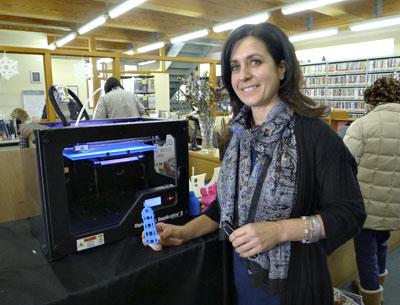Beach Permits Going Fast
Beach Permits Going Fast
Approximately 1,400 of the 3,000 nonresident parking permits for East Hampton Village beaches had been sold as of Monday, one week after they went on sale. The permits, which cost $375 for the season, are available on a first-come-first-served basis for nonresidents. Permits are free for village residents. They must be displayed on vehicles that park at Georgica, Main, Wiborg’s, Egypt, and Two Mile Hollow Beaches between May 15 and Sept. 15.
Nonresident permits can be purchased between 9 a.m. and 4 p.m. Monday through Friday at Village Hall, by mail (attention Sue Dayton), or online at easthampton.permits.basgov.com. Starting Memorial Day and on weekends through June, and daily thereafter, remaining permits will be sold between 9 a.m. and 4 p.m. at the Main Beach office.
To obtain a permit, residents and nonresidents alike must provide a valid vehicle registration, a telephone number, and a self-addressed, stamped envelope if applying by mail. Residents must also provide a street address, proof of residency, and the name of the owner of the property as listed on tax bills. Nonresidents, who can pay by check or money order, must provide a copy of the driver’s license of the person writing the check or buying the money order.
Parking by the day at Main and Two Mile Hollow Beaches costs $25 and can be paid for only at the entrance to the Main Beach parking lot. Daily parking tickets are available every day but are limited to 40 on weekends and holidays.
Valid parking permits must be displayed in order to park at East Hampton Town beaches, with nonresident permits available, as they are in the village, for $375. The town has no limit, however, on the number of nonresident permits, which must be purchased annually. Beachgoers can pay by the day at Atlantic Avenue Beach in Amagansett on weekdays only, excluding holidays. The cost is $20.
Town parking permits are available in person between 9 a.m. and 4 p.m. Monday through Friday at Town Hall, or by mail, addressed to the town clerk. Residents and nonresidents alike must provide a copy of a valid vehicle registration, a copy of their driver’s license, a telephone number, and a self-addressed, stamped envelope if applying by mail. Residents must also provide the street address and owner of the property as listed on a tax bill, as well as proof of residency. Year-round renters must be registered to vote or have their local street address on their vehicle registration.




